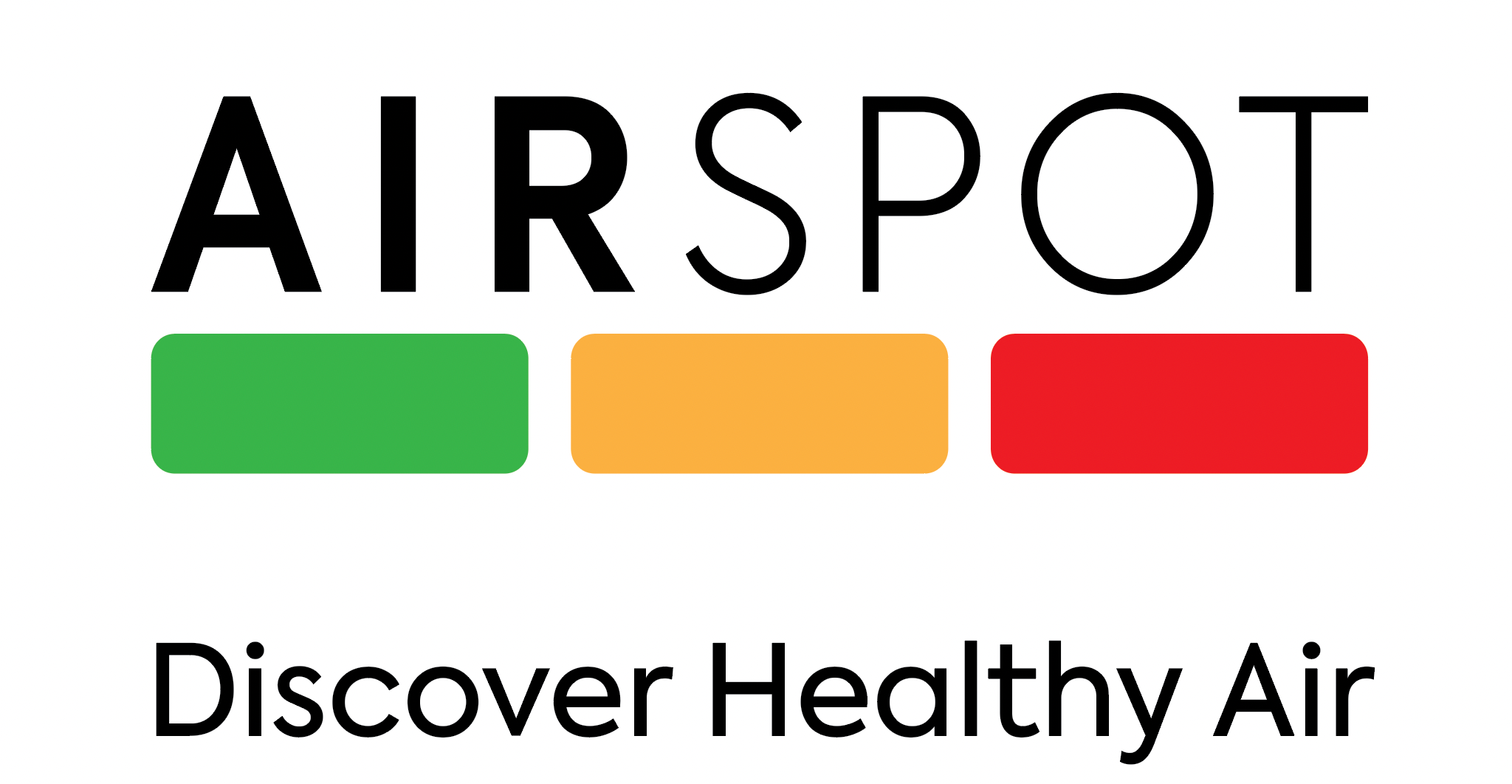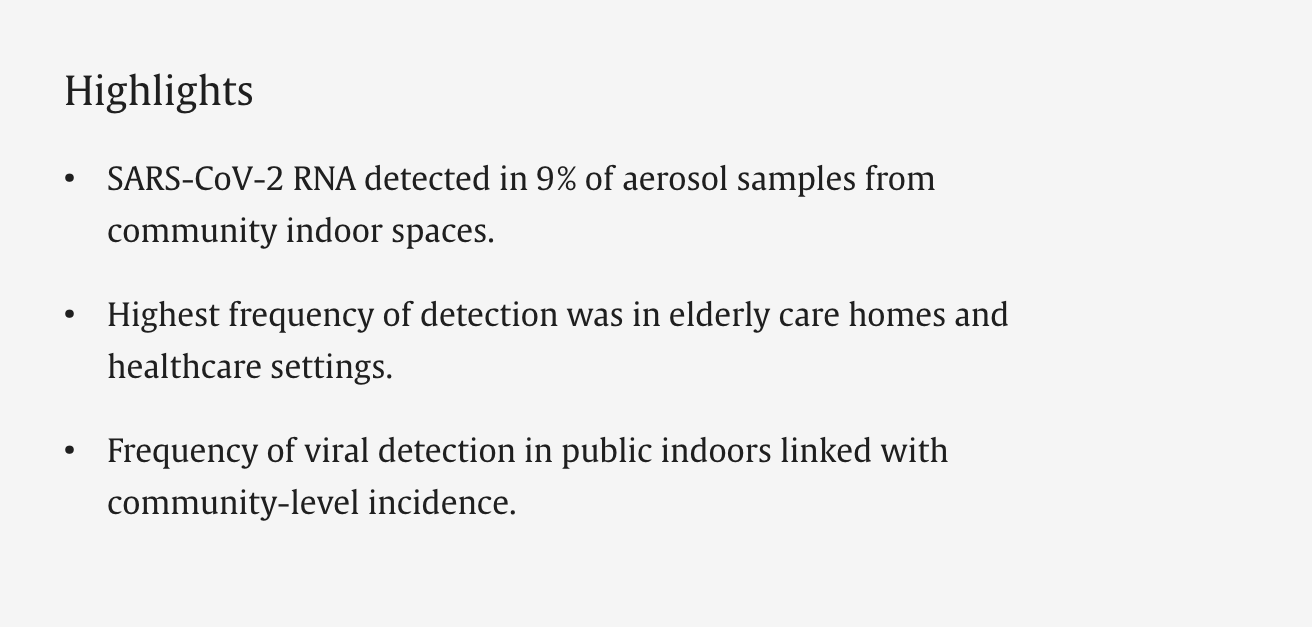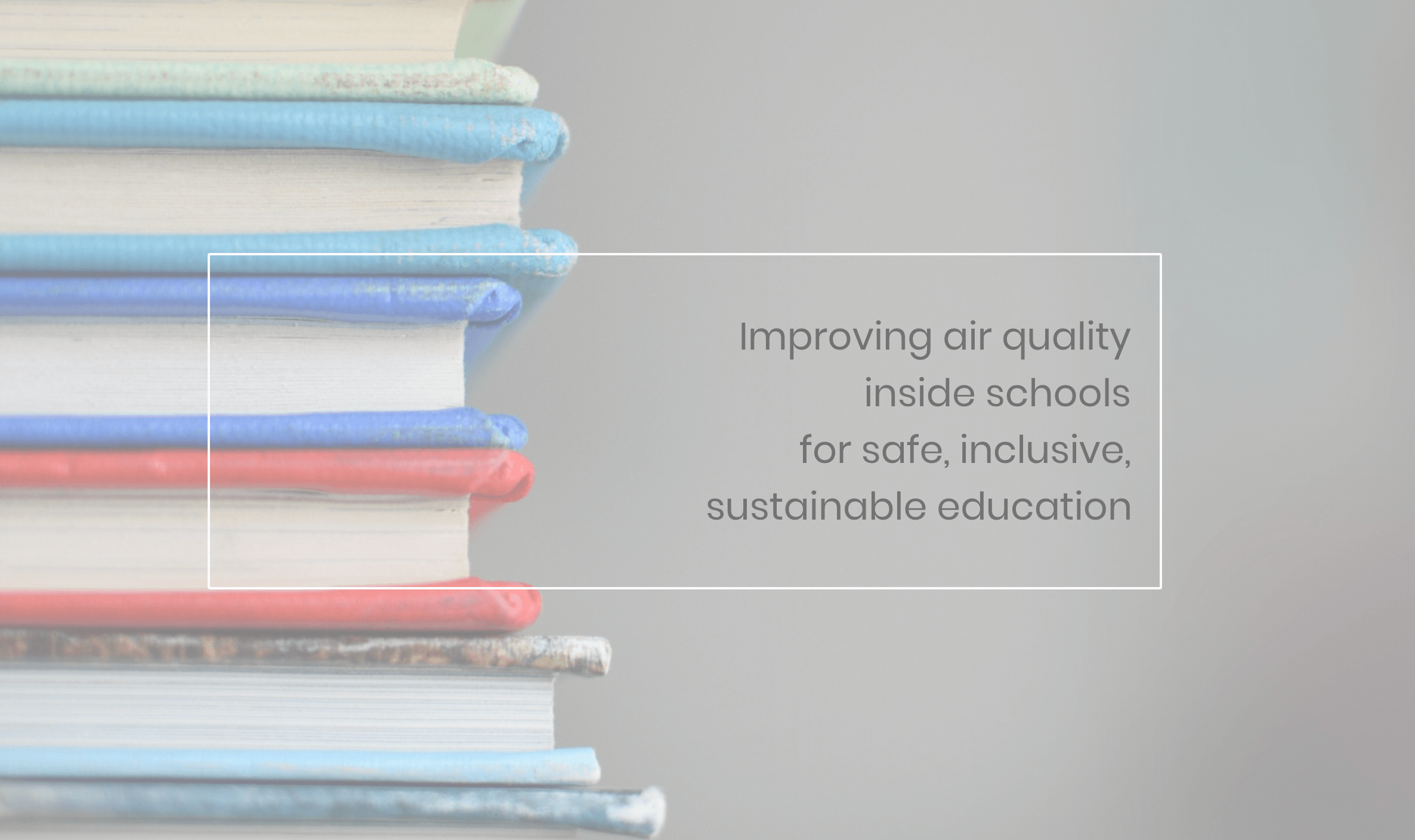Since its emergence, the COVID-19 pandemic has profoundly and extensively affected global health and society.
Numerous studies have focused on detecting SARS-CoV-2 in air samples collected in healthcare indoor spaces, but few have analysed its presence in air samples from other public community spaces. In addition, limited studies have surveyed indoor spaces where it was not known if individuals with COVID-19 were present or had been present at the time of sampling.
This study aimed to determine the SARS-CoV-2 genetic load in aerosol samples collected in public community indoor environments where prior knowledge of the presence of infected individuals with COVID-19 cases is not available at the time of sampling.
Numerous studies have focused on detecting SARS-CoV-2 in air samples collected in healthcare indoor spaces, but few have analysed its presence in air samples from other public community spaces. In addition, limited studies have surveyed indoor spaces where it was not known if individuals with COVID-19 were present or had been present at the time of sampling.
This study aimed to determine the SARS-CoV-2 genetic load in aerosol samples collected in public community indoor environments where prior knowledge of the presence of infected individuals with COVID-19 cases is not available at the time of sampling.
Air samples (N = 497) were collected from healthcare settings, elderly care homes, and educational settings in the Valencian Community, Spain. RNA was extracted and the N1, N2, and E gene fragments of SARS-CoV-2 were quantified using RT-qPCR. SARS-CoV-2 RNA was detected in 8.9 % of air samples.
The highest positivity rates were observed in hospitals (16.2 %), elderly care homes (15.3 %), and primary care centres (12.7 %).
Concentration of the N1 gene in positive samples ranged 4.3–504 gc/m3 (n = 10), 6.2–77 gc/m3 (n = 8) and 5.1–14 gc/m3 (n = 7), respectively. The genes N2 and E were less frequently detected and generally reported lower concentrations.
The highest positivity rates were observed in hospitals (16.2 %), elderly care homes (15.3 %), and primary care centres (12.7 %).
Concentration of the N1 gene in positive samples ranged 4.3–504 gc/m3 (n = 10), 6.2–77 gc/m3 (n = 8) and 5.1–14 gc/m3 (n = 7), respectively. The genes N2 and E were less frequently detected and generally reported lower concentrations.
The frequency of detection of SARS-CoV-2 in aerosols increased at the same time that the population COVID-19 cumulative incidence increased.
To read more click on this link: https://www.sciencedirect.com/science/article/pii/S0360132324005651





